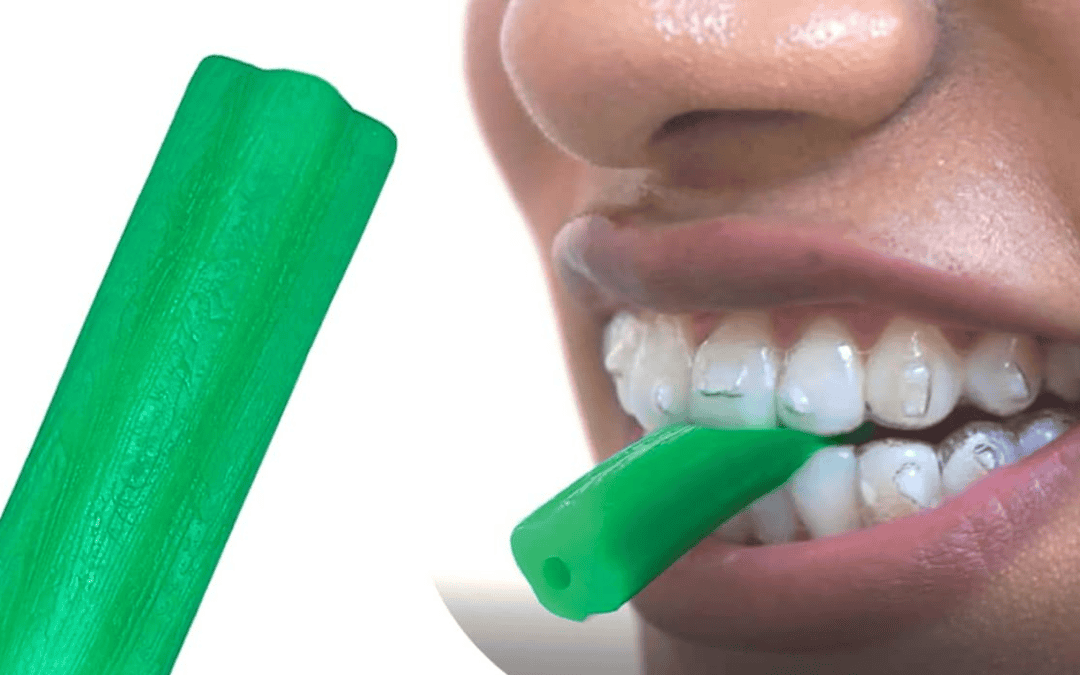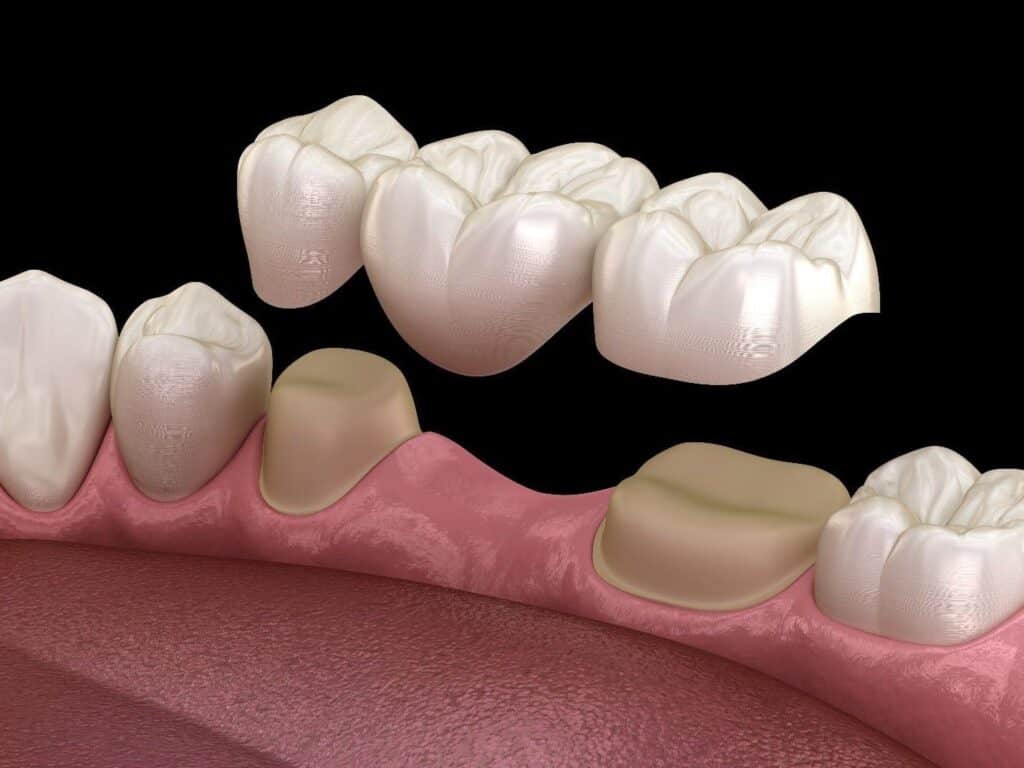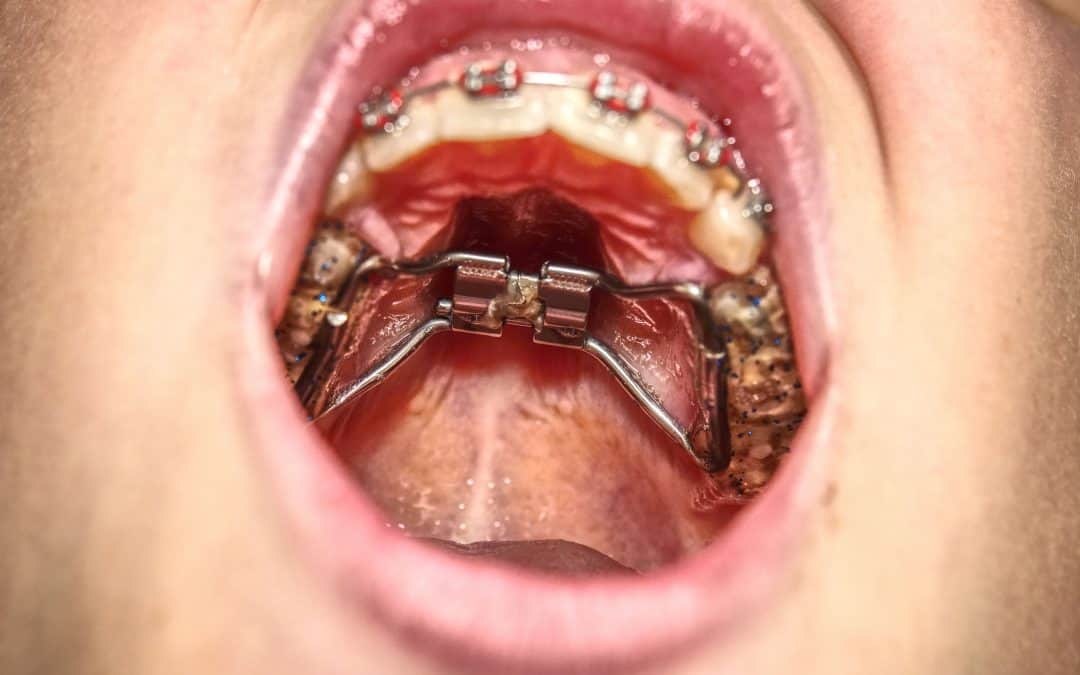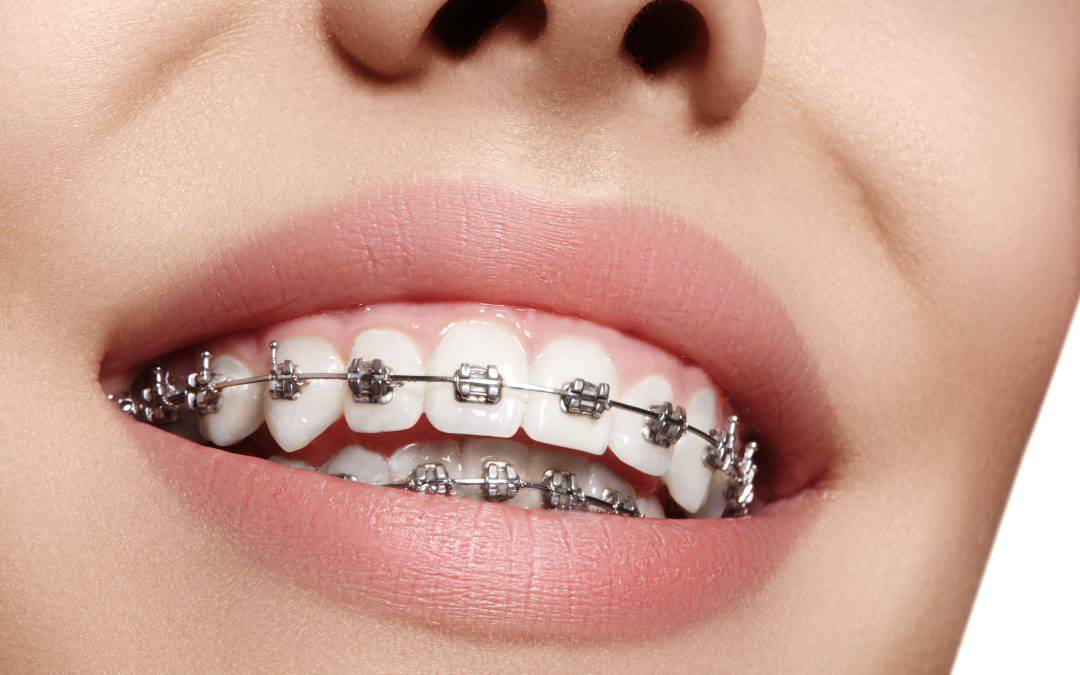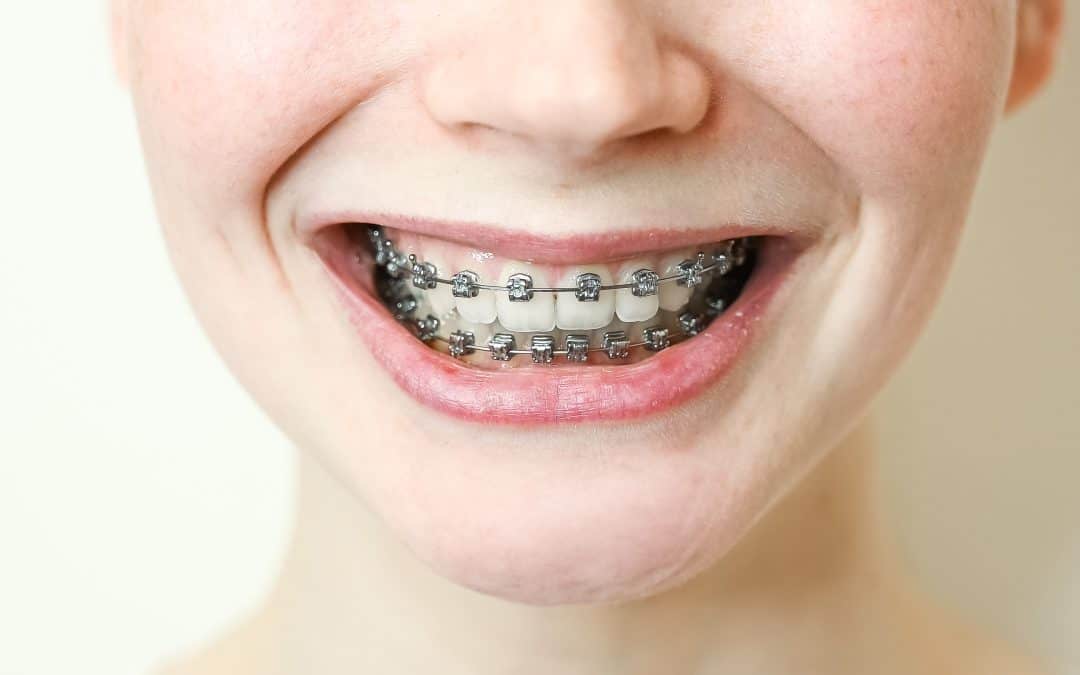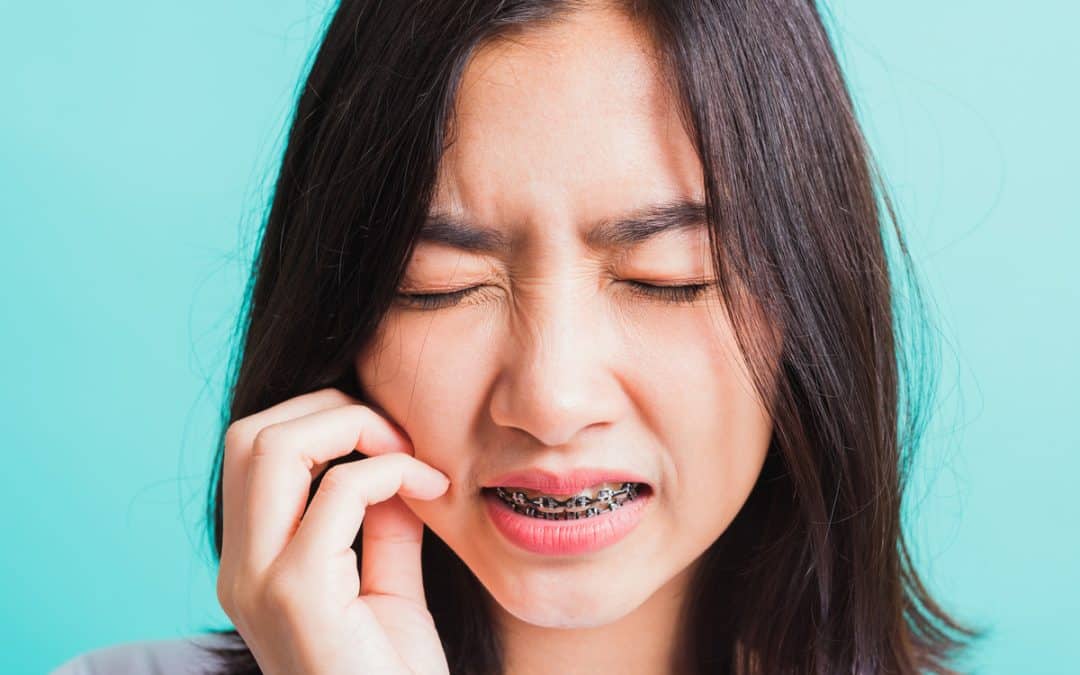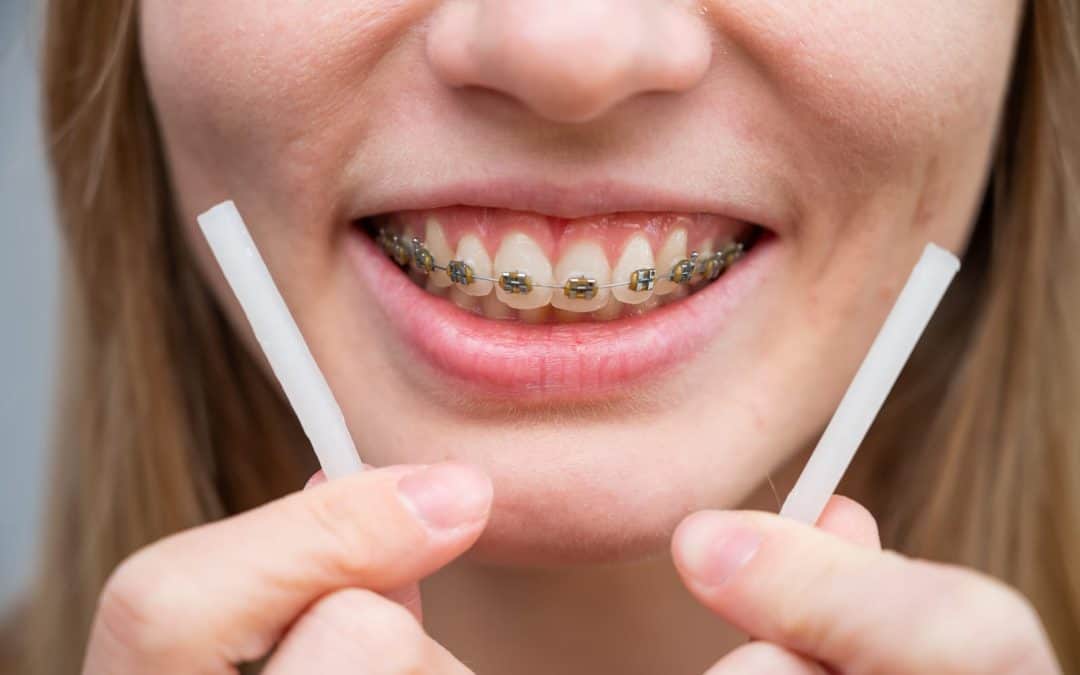Usually, dentists/orthodontists advise you to avoid sticky food, but what comes to your mind first is chewing gum. In the past, most dentists had an emphatic ‘no’ as the answer when you asked them about chewing gum when you had braces or Invisalign on. For teenagers and adults braces can significantly help them with straight teeth and therefore, the ability to present a charming smile.
Warning: Chewing gum with braces or Invisalign may cause damage, discomfort, or difficulty in removing the gum. Avoid gum consumption during orthodontic treatment.
Braces and chewing gum
The wires and brackets in modern-day braces are significantly more durable. Consequently, chewing gum with your braces on is not an overwhelming concern. However, most dentists do discourage patients from the use of chewing gum when they have the braces on since it can potentially prolong the treatment time. Like other sticky substances, chewing gum is also sticky and that enhances the chances of damage to your braces. Sticky food can also tug at the brackets when you are chewing them and such material does not come off apart from potentially bending the wires around the brackets.
If you are lucky, you will take note of physical warping and seek urgent attention from your dentist/orthodontist. But, not everyone is lucky and when you ignore the warping, your teeth can start shifting towards the bend interfering with the alignment of the teeth and ultimately delay/stretch your treatment plan.
In cases where elastics are also prescribed between brackets, gum can stick on them too. If you get tempted to remove the accumulation of such material, you could be adding several weeks to your treatment plan originally envisaged.
Invisalign and chewing gum
Invisalign is a removable type of clear braces and is free from wires and brackets. Invisalign can be removed while drinking coffee/tea, liquor, or other liquids except plain water and while eating. Chewing gum when the clear aligners are on can damage the aligners and a certain amount of gum may stick to the aligner and also potentially stain the aligners. Therefore, if you should chew some gum you are better off removing the aligner trays and also rinse your mouth before putting on the aligners again. You should also remember that Invisalign aligners should be worn for at least about 20 hours every day and therefore it may not be a good idea to chew gum frequently. Further, sugary gums are a strict no when you have Invisalign aligners since the likelihood of developing cavities /tooth decay is enhanced when sugar deposits in the aligner.
Does chewing gum provide any health benefits?
Chewing gum is believed to have been around for over 60 centuries. Increasing saliva and stimulating your taste receptors are among the two major benefits that chewing gum can provide. Increased saliva in turn can eliminate the film of acid accumulating on the teeth that can potentially trigger tooth decay. Further, saliva also releases phosphate, fluoride, and calcium into the mouth strengthening the tooth enamel. According to a 2016 study, chewing gum immediately after fixing the braces could help in reducing the pain from gum inflammation. Chewing gum also helps in refreshing the mouth immediately after a meal when brushing is not feasible. You should also know that all gums are not made alike and the right gum only provides the health benefits mentioned here.
Sugary or Sugar-free gum?
The regular gum you get in the marketplace is sugary and the sugar gets metabolized by bacteria. The bacteria in turn produce acids that coat the teeth with a biofilm potentially causing cavities de-mineralization, tooth decay, and other oral health issues. Sugar–free gum is made from sugar alcohols like orbital, mannitol, isomalt, etc., aiding slow or nil metabolization by the bacteria in the mouth and therefore free from the adverse effect of regular gum. This is also the reason why organizations like the ADA recommend only sugar-free gum as part of other oral hygiene measures. Thus, while sugar-free chewing gum may provide certain benefits, it is never a substitute for maintaining your oral hygiene.
Is there an alternative to chewing gum?
As we have seen, chewing gum with Invisalign or braces has certain pros and cons. Although some orthodontists may permit sugar-free chewing at intervals, most others are not in favor. However, you have multiple alternatives to using chewing gums with Invisalign or braces.
The first alternative you have is drinking plenty of water. When your body is well hydrated, the bacteria that cause cavities get washed away quickly and naturally. Most orthodontists also prescribe OTC medication to relieve pain caused by gum inflammation. Similarly, when bad breath is a problem, you can adopt infused water. Infused water is to make and has no side effects from braces or Invisalign. You can also add herbs like basil, mint, or peppermint to the water.
The best option before you to care for your teeth when you have Invisalign or braces is to avoid chewing gum. However, if chewing gum is unavoidable, you should choose sugar-free chewing gum which is less sticky compared to regular gums. When you are using Invisalign, the invisible trays can be removed for a while and put back in place after about 20 minutes when you have some relief from the discomfort caused by the braces.



